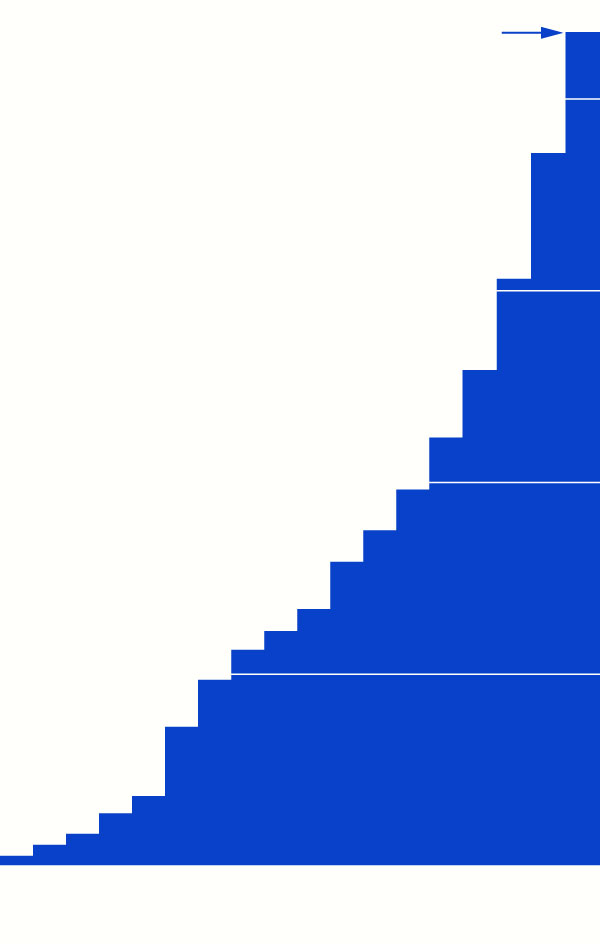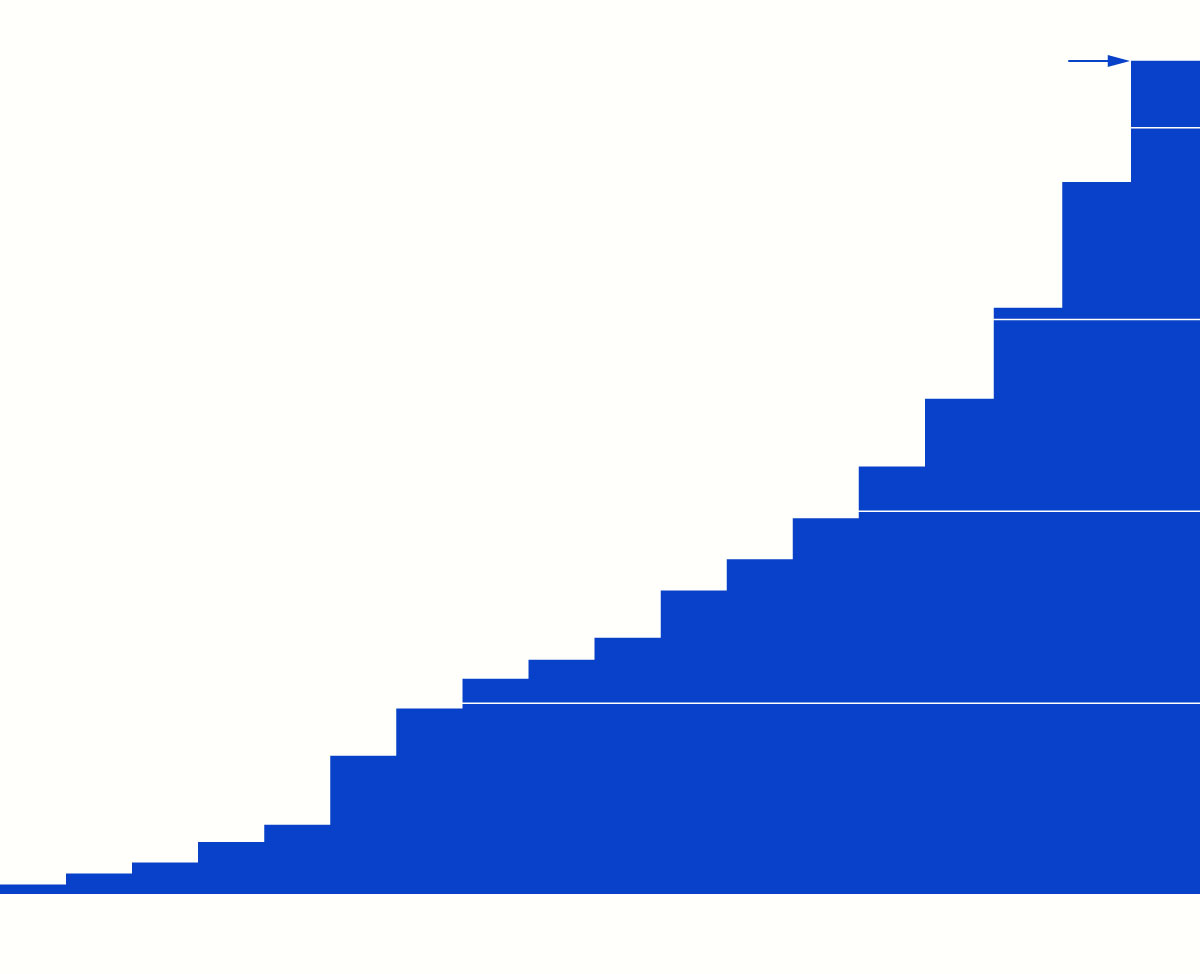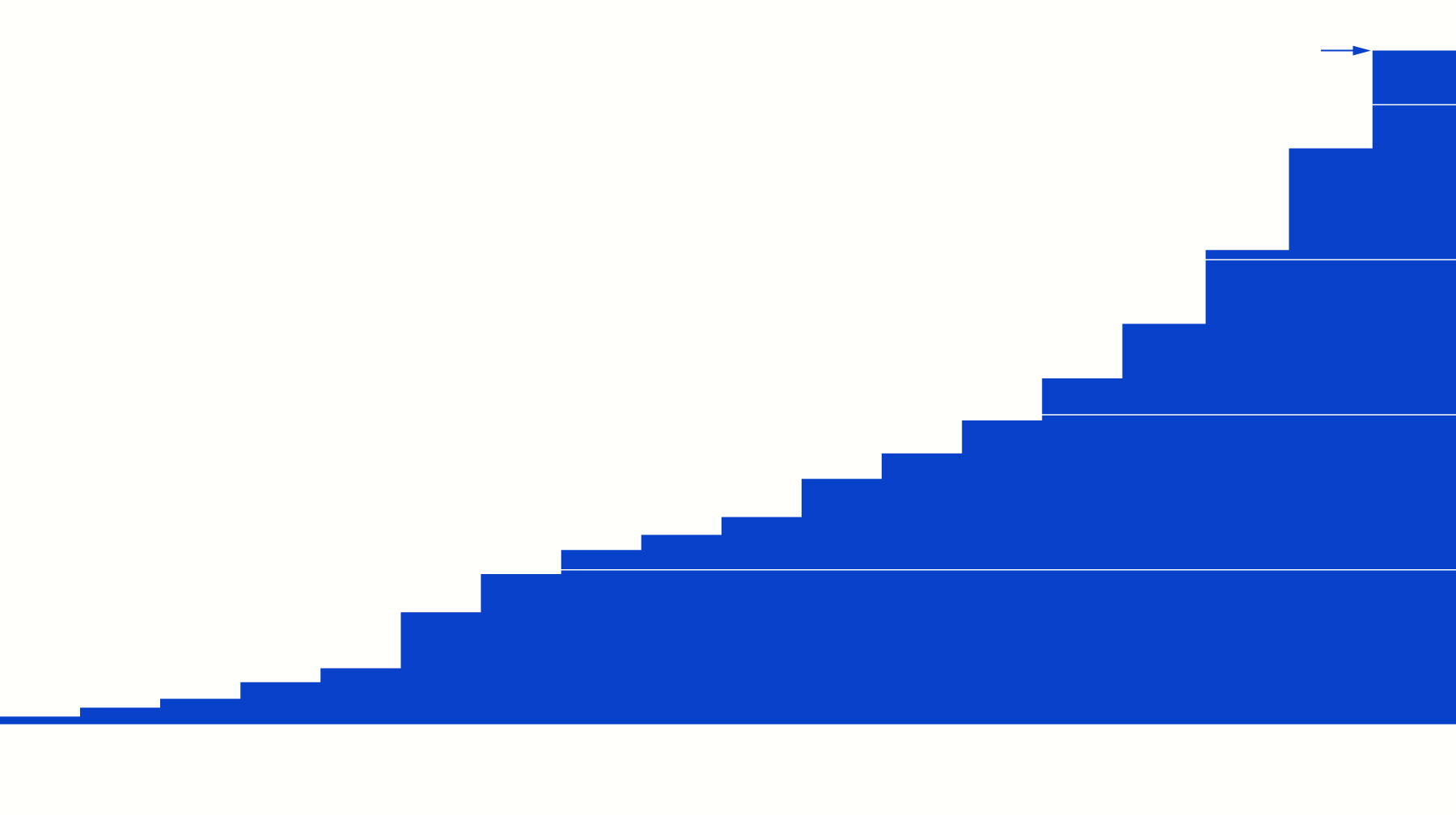
$217.6 million
150
100
50
CUMULATIVE TOTAL OF SRM FUNDING 2007–2024, in millions of 2024 USD

$217.6 million
$200
150
100
50
CUMULATIVE TOTAL OF SRM FUNDING 2007–2024, in millions of 2024 USD

$217.6 million
$200
150
100
50
CUMULATIVE TOTAL OF SRM FUNDING 2007–2024, in millions of 2024 USD

SRM360 Tool
SRM Funding Tracker
SRM360’s Funding Tracker presents the first global analysis of funding flows in the field of sunlight reflection methods (SRM), also known as solar geoengineering. How much is being spent, who is spending it, and where is it going? Find answers to these questions and more by exploring the funding tracker (2007–2024) below, or learn about the big takeaways and trends in SRM funding here.
Methodology
Note: This is a preliminary version of our funding tracker and its underlying dataset. We will continue to update the dataset over the coming months and are preparing an academic article about the SRM funding landscape. Once that article has passed peer review, we will publish the finalised version of this dataset.
Criteria for inclusion
The SRM360 Funding Tracker includes all significant and verifiable funding transactions directly related to SRM that we are aware of at the time of publication. This includes government, philanthropic, and commercial funding for university research, non-profits, and for-profit ventures.
Labels
We have labelled each transaction in our underlying funding database as either verified, estimated, or unknown, and applied an overarching description to each organisation based on these labels.
- Verified: All transactions for this organisation are either 1) confirmed by a representative of the organisation with which they are associated or 2) taken directly from publicly available grants databases, press releases, comments to news outlets, or official tax documents.
- Estimated: One or more of the transactions involving this organisation were estimated. Estimated transactions are based on publicly available information and are either 1) based on announcements of future funding or 2) derived by dividing a known funding total evenly across several associated funders or recipients when that distribution is not known.
- Unknown: One or more of the transactions involving this organisation are known to have taken place, but the specific values for these transactions are unknown. If a funding total is given for this organisation, this will be an underestimate as some transaction values are unknown and so not included.
Categorisation
All funders and recipients of funds have been categorised as follows:
Funding sector – Each funding organisation was categorised based on their sector:
- Governmental: Public funders, i.e., state or primarily state-supported funders;
- Philanthropic: Charitable foundations and non-profits;
- Commercial: For-profit investors.
Recipient activity – Each organisation that received funding was categorised based on their main activity:
- Research: Universities, think tanks, national labs, and other organisations with a primary focus on knowledge creation;
- Awareness-building: Non-profits and other NGOs (except those with a singular focus on research) engaged in knowledge dissemination, societal dialogue, and/or policy promotion.
- Profit-seeking: Private companies seeking to generate profit.
Organisations which regrant funding are labelled as philanthropic sources of funding, though in some cases they receive some funding from governmental sources. Regranted funds have been specifically marked and excluded from funding totals to avoid double counting.
Methods
To produce this dataset, organisations and research projects with a substantial focus on SRM were identified through desk research, which was reviewed and expanded upon by experts on the SRM360 team. The funding data for identified organisations was compiled through further desk research, drawing on public records, project websites and announcements, and media reports. Where possible, direct outreach to project leads and organisations was then used to verify and amend this funding data. If funding information could not be supported by a reputable source, it was excluded from our database. All figures have been converted to US Dollars from the original currencies based on the average exchange rate in the relevant years.
The analysis shared above is based on underlying funding transactions aggregated at the organisational level. In compiling that underlying database, we have included all transactions over $100K that have occurred since 2007. We took the year 2007 as the starting point for this funding dataset as this was when SRM research began to gain broader traction in the scientific community. In future iterations, we plan to extend our funding data further into the past.
We do not share the names of individual philanthropists who have contributed less than $1 million to the field. Instead, we aggregate them under “individual donors” for each relevant organisation.
Updates, feedback, and enquiries
We are planning to update this dataset and funding tracker based on community feedback and further direct outreach to organisations. We are also preparing an academic article and, once that has passed peer review, we will publish the finalised version of this dataset.
This version of our dataset does not include links to the sources for our transaction-level data or details of the estimation methods applied for individual organisations; these will be included in the finalised version.
If you have feedback on the completeness or accuracy of our funding information, or you would like details regarding how we derived estimates for specific organisations, please contact us at funderdatabase@srm360.org.
For media enquiries, please contact media@srm360.org.